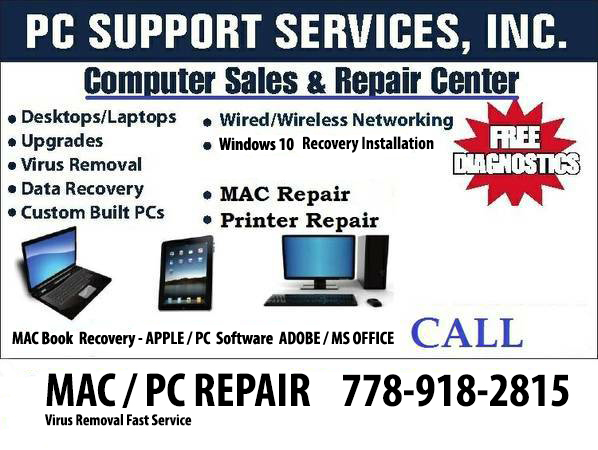

Many organizations administer devices and applications using MDM products/services.

The overall role of MDM is to increase device supportability, security, and corporate functionality while maintaining some user flexibility. In modern corporate IT environments, the sheer number and diversity of managed devices (and user behavior) has motivated MDM solutions that allow the management of devices and users in a consistent and scalable way. MDM is typically a deployment of a combination of on-device applications and configurations, corporate policies and certificates, and backend infrastructure, for the purpose of simplifying and enhancing the IT management of end user devices. Though closely related to Enterprise Mobility Management and Unified Endpoint Management, MDM differs slightly from both: unlike MDM, EMM includes mobile information management, BYOD, mobile application management and mobile content management, whereas UEM provides device management for endpoints like desktops, printers, IoT devices, and wearables as well. MDM is usually implemented with the use of a third-party product that has management features for particular vendors of mobile devices. Mobile device management ( MDM) is the administration of mobile devices, such as smartphones, tablet computers, and laptops. ( December 2013) ( Learn how and when to remove this template message) Please help improve it by rewriting it in an encyclopedic style.

This article is written like a personal reflection, personal essay, or argumentative essay that states a Wikipedia editor's personal feelings or presents an original argument about a topic.


 0 kommentar(er)
0 kommentar(er)
